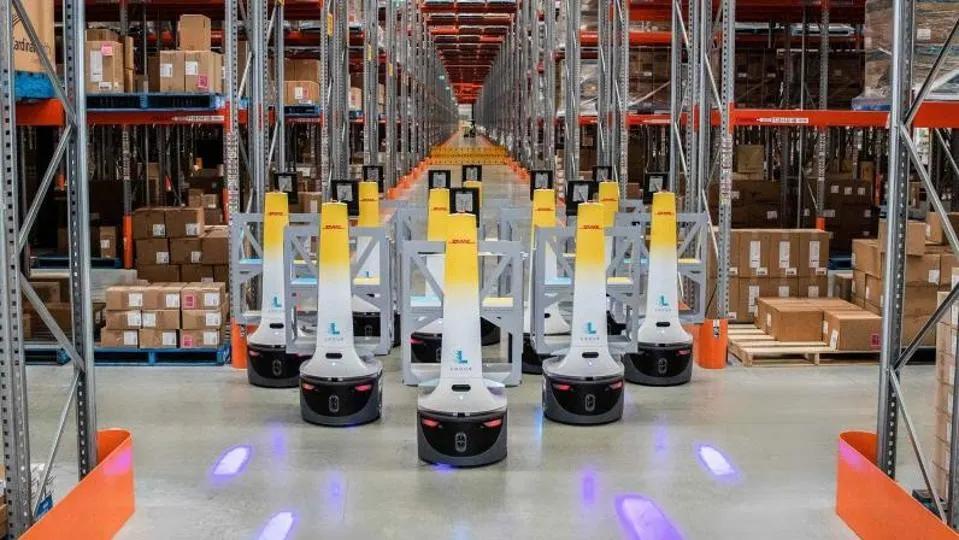
Introduction
The Finland Warehouse Robotics Market is projected to hit USD 59.4 million by 2030, with a CAGR of 9.9 %. Finland, a Nordic leader in innovation and technology, is carving out a significant role in the global warehouse robotics market in 2025. Driven by the e-commerce boom, advancements in artificial intelligence (AI), and a strong focus on sustainability, Finnish logistics companies are increasingly adopting robotic solutions to enhance efficiency. While specific news on Finland’s warehouse robotics market in 2025 is limited, the country’s technological ecosystem and recent global trends provide insight into its growth. This article explores the latest developments, key drivers, and emerging trends shaping Finland’s warehouse robotics market, drawing on industry reports and regional context.
E-Commerce and Market Growth
Finland, with its advanced digital infrastructure and growing e-commerce sector, is well-positioned to contribute to this growth. The e-commerce industry, which accounted for 25.8% of the global market share in 2024, is a primary driver in Finland, where online retail platforms like Verkkokauppa.com and Zalando are expanding operations.
Finnish warehouses are under pressure to handle high order volumes and ensure rapid delivery, particularly in urban centers like Helsinki. Autonomous mobile robots (AMRs), projected to hold over 29% of the market share in 2025, are becoming essential for tasks like picking and material transport, driven by their flexibility and integration with warehouse management systems (WMS).
Recent Developments
While Finland-specific robotics deployments are less documented in 2025, global trends and regional innovation provide context. For instance, the partnership between Uniserve and Logistics Reply to implement LEA Reply, a cloud-native WMS, is influencing European logistics, including Finland. This platform integrates AMRs and AI-driven analytics, enabling scalable and efficient warehouse operations. Finnish companies are likely adopting similar systems to meet e-commerce demands.
Additionally, Finnish robotics firm ZenRobotics, known for waste sorting robots, is expanding its expertise into warehouse applications. Its AI-driven robotic systems, originally designed for recycling, are being adapted for inventory management, showcasing Finland’s innovative approach to robotics. Recent industry reports also highlight the growing adoption of tote-to-person robots, with companies like GreyOrange and Beijing Geekplus Technology influencing European markets, including Finland.
Key Players and Market Dynamics
Finland’s warehouse robotics market is shaped by a mix of domestic innovators and global players. ZenRobotics and other Finnish startups are leveraging AI to develop customized robotic solutions, while international companies like ABB Ltd., FANUC Corporation, and Daifuku have a presence in the Nordic region. ABB’s recent focus on pick-and-place robots for mid-sized companies aligns with Finland’s SME-driven logistics sector, where flexibility is key.
The market is segmented by product type (AMRs, AGVs, robotic arms), function (picking and placing, packaging, storage), and end-user (e-commerce, automotive, food and beverage). The picking and placing segment, holding over 34% of the market share in 2025, is critical for Finland’s e-commerce and retail sectors.
Technological Advancements
Finland’s reputation for technological innovation drives its warehouse robotics market. AI and machine learning enable robots to handle diverse stock-keeping units (SKUs) with precision, as seen in systems like Amazon’s Sparrow robot, which uses computer vision for item identification. In Finland, similar AI-driven solutions are being adopted to manage complex inventories in e-commerce warehouses.
The Internet of Things (IoT) enhances real-time tracking, with sensors providing data on inventory levels and robot performance. Cloud-based platforms like LEA Reply support seamless integration of robotics with WMS, improving scalability.
Economic and Policy Support
Finland’s economy supports robotics adoption through strong digital infrastructure and government incentives for automation. The country’s manufacturing and logistics sectors are seeing increased demand, as reflected in global PMI data showing robust order growth in Europe. Finland’s commitment to sustainability aligns with robotics’ ability to optimize resource use, reducing energy consumption and waste in warehouses.
However, labor shortages, a global challenge, are particularly acute in Finland’s sparse population. Automation addresses this, but concerns about job displacement persist, necessitating reskilling programs. Finland’s proactive approach to workforce development, supported by its education system, mitigates these challenges.
Finland’s Role in Europe
Europe holds a significant share of the global warehouse robotics market, with Finland contributing through its innovation ecosystem. While Germany and the UK lead in scale, Finland’s focus on AI-driven and sustainable solutions positions it as a niche leader. Partnerships like Samsung SDS and SAP’s collaboration on AI and hyper-automation are influencing Nordic logistics, including Finland, by enhancing supply chain efficiency.
Challenges and Opportunities
High implementation costs remain a barrier for smaller Finnish firms, though cloud-based solutions are lowering entry barriers. Workforce displacement concerns require balanced automation strategies, with Finland’s education system well-equipped to support reskilling. Opportunities lie in sustainability, with robotics enabling greener logistics practices, and in customized solutions for Finland’s SME-dominated market.
Conclusion
Finland’s warehouse robotics market in 2025 is propelled by e-commerce growth, technological innovation, and sustainability goals. While specific deployments are less documented, global trends like LEA Reply and innovations from firms like ZenRobotics highlight Finland’s potential. Finland’s focus on AI, IoT, and green logistics ensures its relevance. Addressing cost and labor challenges through inclusive policies will be key to sustaining growth, positioning Finland as a Nordic leader in warehouse robotics.


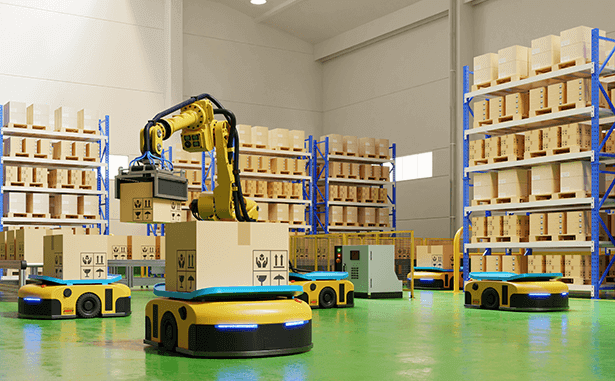
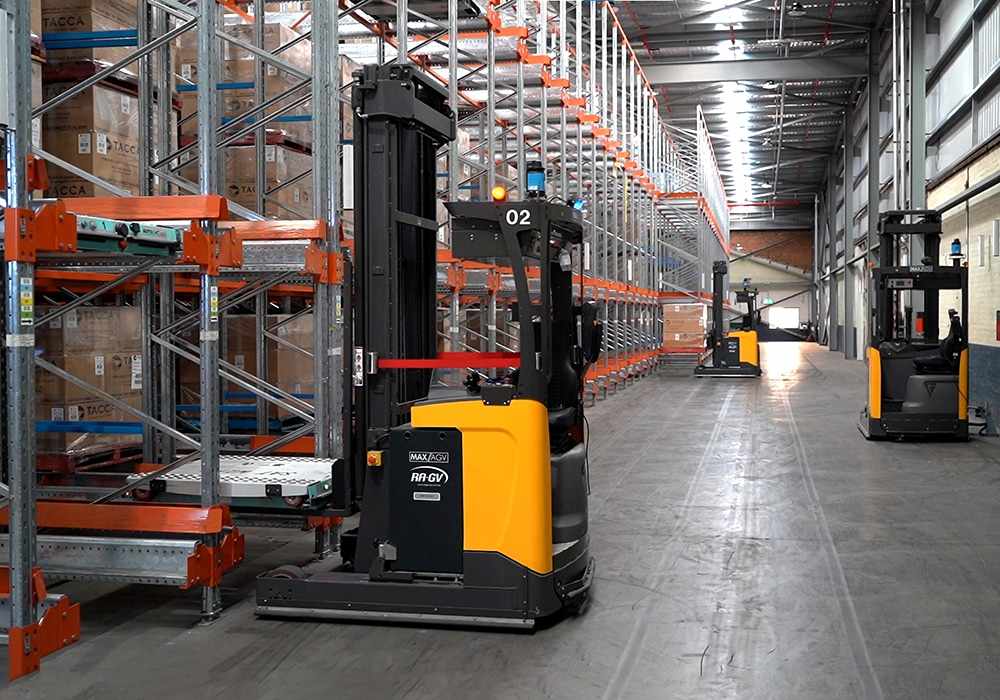
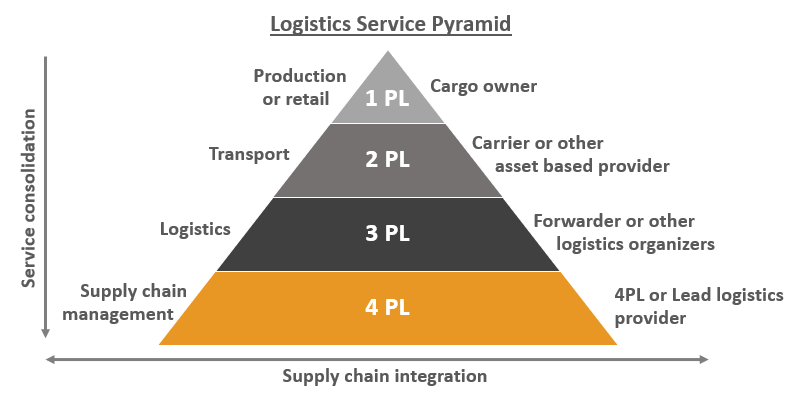
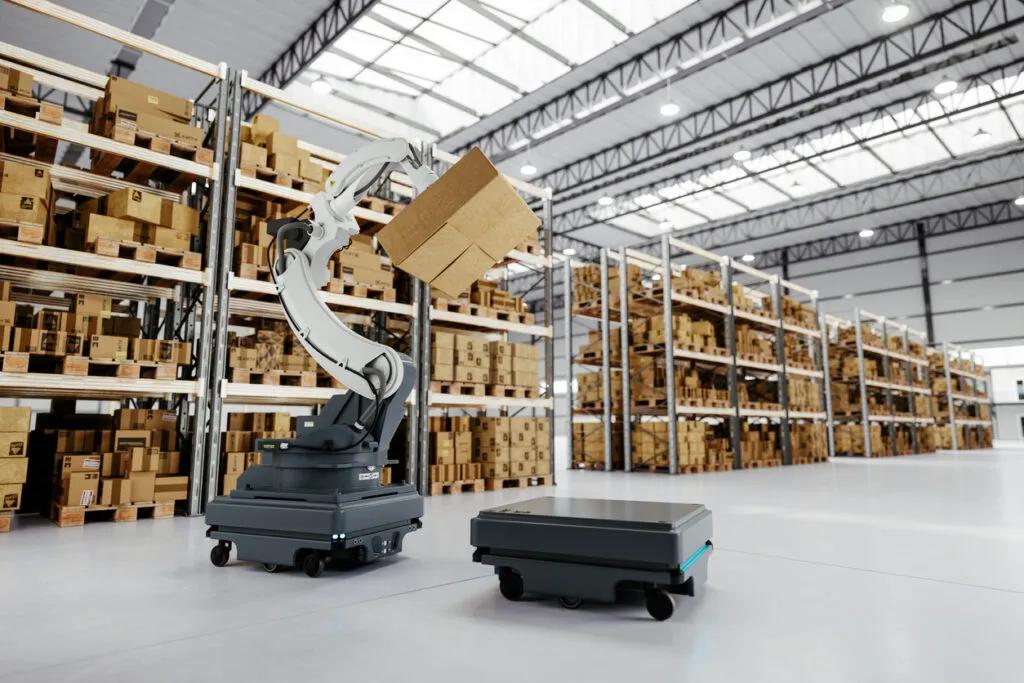


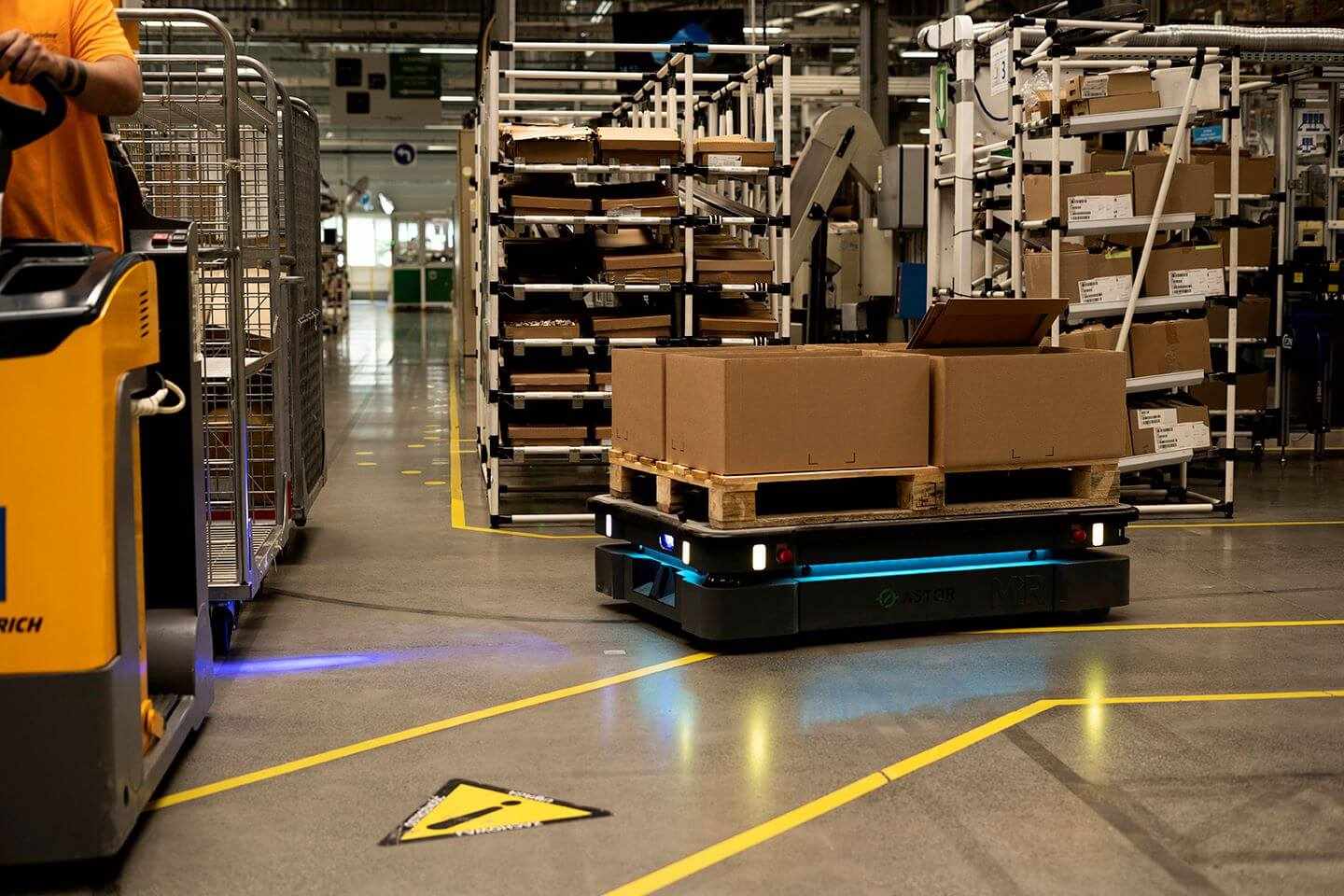
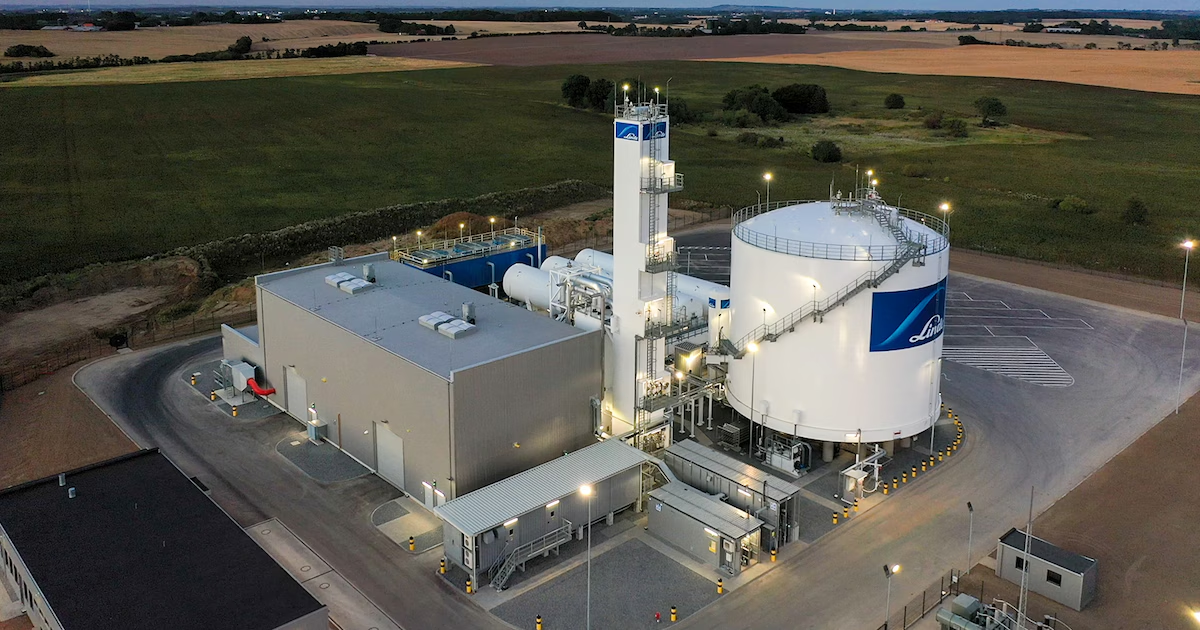
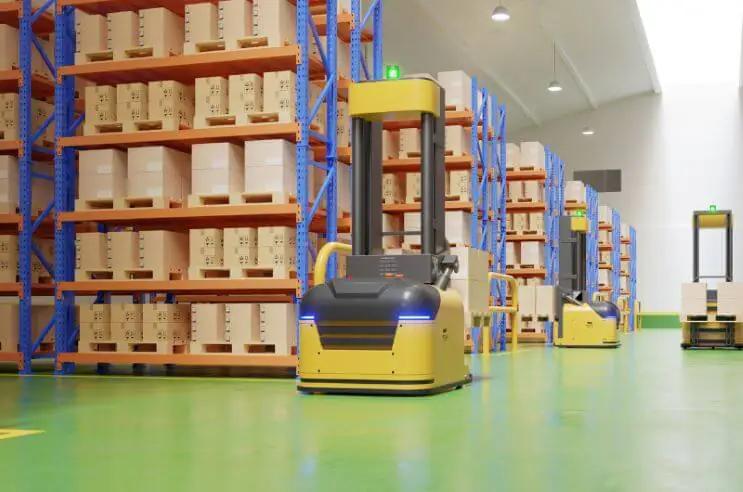

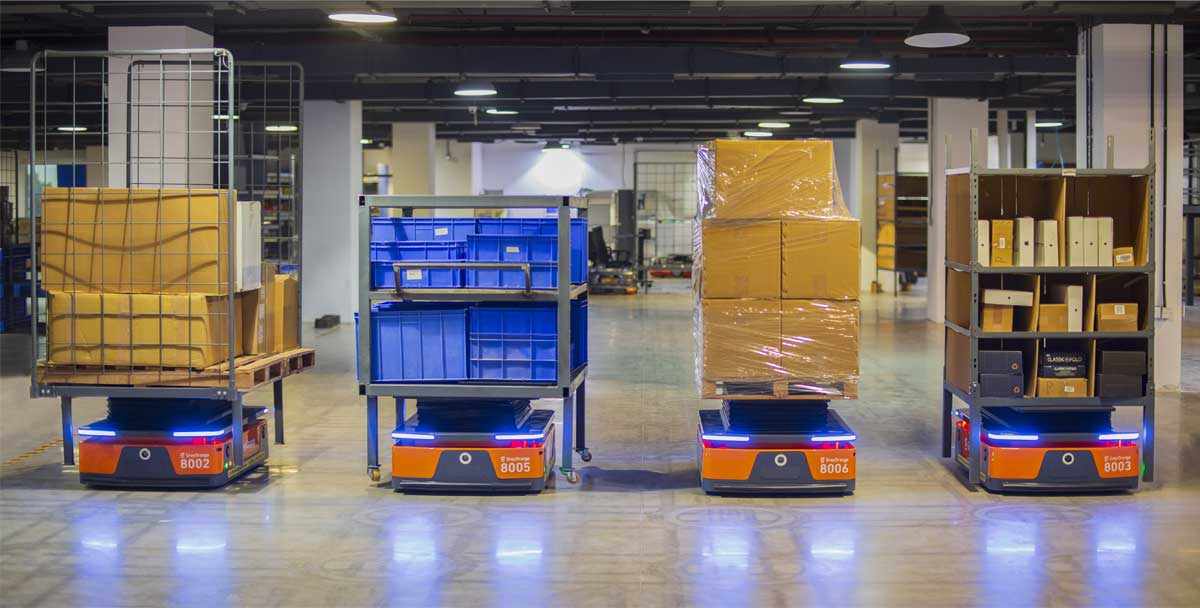

Write a comment ...